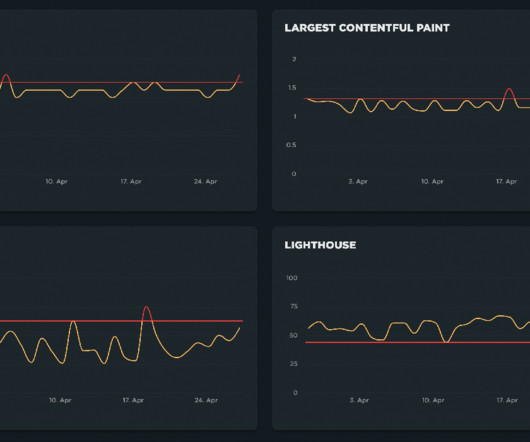How BizDevOps can “shift left” using SLOs to automate quality gates
Dynatrace
MAY 5, 2021
Quality gates are benchmarks in the software delivery lifecycle that define specific, measurable, and achievable success criteria a service must meet before moving to the next phase of the software delivery pipeline. For example, improving latency by as little as 0.1 latency is the number one reason consumers abandon mobile sites.



















Let's personalize your content